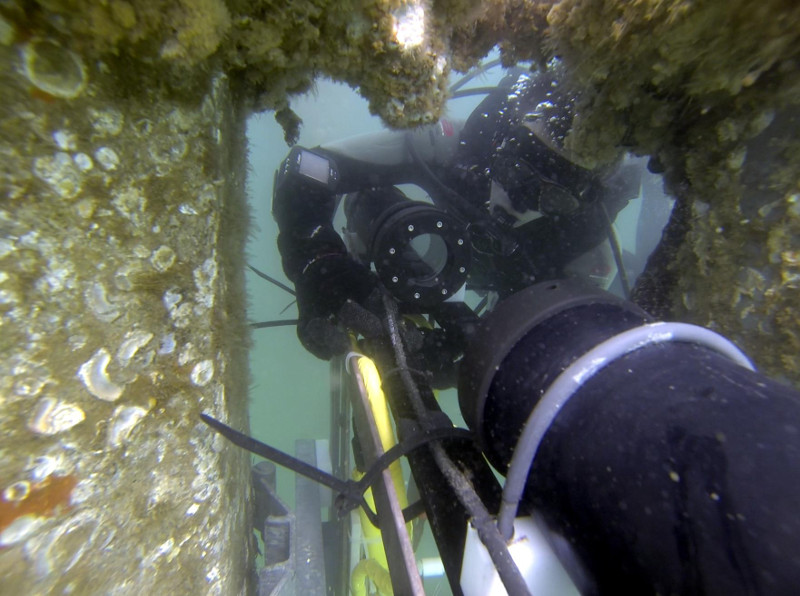The original Scripps Plankton Camera (SPC) prototype was developed under a grant from the Beyster Foundation and in cooperation with the Southern California Coastal Ocean Observing System (SCCOOS). The SPC is an underwater microscope with real-time image processing and object detection. It was designed to detect objects from tens of microns up to several centimeters. It employs darkfield illumination to enhance contrast of transparent objects. Data from the SPC are transferred in real-time to a webserver and database that support and interactive web tool for browsing images and exploring sample statistics. The prototype camera was deployed in March 2014 and collected over 16 million images during a period of roughly 6 months.
In September of 2014, a second prototype camera was developed under funding from the W. M. Keck Foundation. This camera, named the SPCP, had 10x the magnification of the SPC prototype and provided a nice compliment to the image data collected by the SPC.
Following the success of the prototype cameras, an anonymous donor to the Scripps Institution of Oceanography funded the development of a new set of cameras, the SPC2 and SPCP2 to be deployed on Scripps Pier and maintained for at least one year. Development began in January 2015 and was completed in March 2015. These cameras build on the optics used in the SPC prototypes and add more robustness to bio-fouling, faster embedded computers, titanium housings, and sapphire optical ports. The cameras were deployed on March 11, 2015. An image of the new cameras along side the SCCOOS CTD/Fluorometer is shown below.

